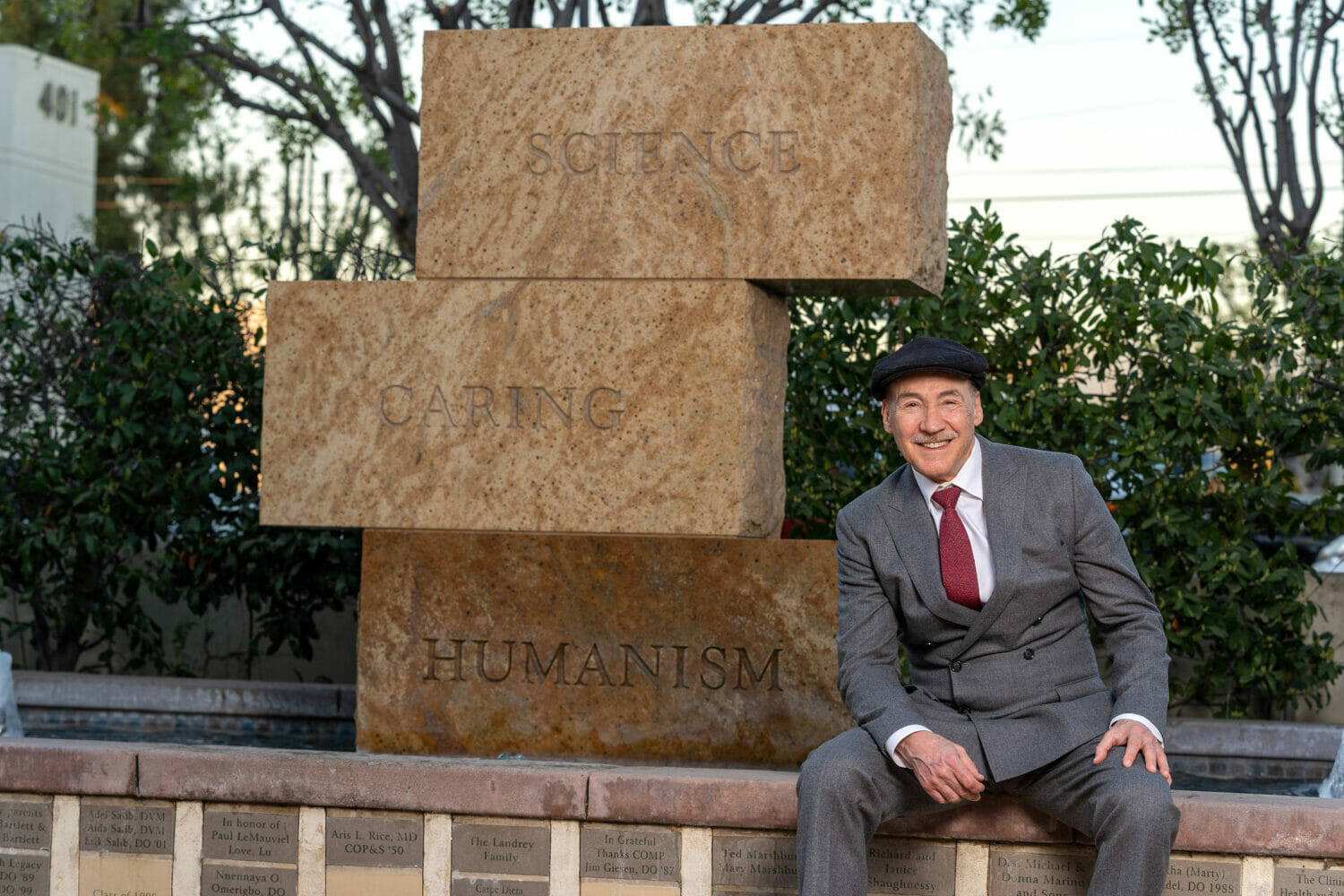WesternU professor leads study of nitrile reductase
A new study led by WesternU Graduate College of Biomedical Sciences Assistant Professor Manal A. Swairjo, PhD, describes the discovery of the atomic structure of the only nitrile reductase known in biology, which has potential widespread applications in the chemical industry.
The paper, “Structural Basis of Biological Nitrile Reduction,” by Chikwana VM, Stec B, Lee BW, de Crecy-Lagard V, Iwata-Reuyl D, Swairjo MA, was recently published online in the Journal of Biological Chemistry.
Swairjo studies the molecular structure of biomolecules, which provides a lot of information about function, the mechanism of action and the molecular evolution of biological systems.
The method of study is X-ray crystallography, whereby her lab makes pure preparations of a biomolecule, and then generates crystals from those preparations. They expose these crystals to a fine-tuned X-ray beam, and the pattern of diffraction provides information about the molecules constituting the crystal.
“It is like taking a picture of an object with a camera, except instead of collecting optical light coming at the camera, we’re collecting X-ray light,” Swairjo said.
Since 2005, Swairjo and her colleagues have been uncovering the pathway for the biosynthesis of a modified nucleoside in transfer-RNA called queuosine. One key enzyme in the synthesis of this modification is QueF, which is a nitrile reductase.
“QueF converts a nitrile chemical group to an amine. This reaction, to our knowledge, had never been detected in biology,” Swairjo said. “Now we know that it occurs in life through the action of QueF.”
The team has been working to characterize this enzyme in collaboration with Professor Dirk Iwata-Reuyl at Portland State University, and has determined the high-resolution crystal structure of QueF.
“This discovery tells us that the enzyme has a unique structure that is conserved in evolution,” Swairjo said. “It tells us exactly how the substrate interacts with the enzyme, and it gives us first access to the ability to design mutants of this enzyme that can catalyze the same reaction on unnatural compounds of industrial value.”
QueF is the only nitrile reductase known in biology. Historically, this reaction had been only feasible synthetically, done in labs to make explosive material or to make neuroactive drugs, Swairjo said.
Before the discovery of QueF, reduction of nitriles to amines could only be conducted synthetically. These reactions are typically non-selective and produce hazardous byproducts such as toxic HCN and large amounts of salts, which pose environmental hazards, Swairjo said.
“Therefore, with the discovery of this enzyme and its structure, we see an opportunity to develop a biocatalytic agent for commercial reactions of nitriles, to carry out reduction of nitriles to amines without producing hazardous byproducts,” she said. “Basically for the chemical industry we’re offering an environmentally friendly alternative to synthetic methods.”
Swairjo and Western University of Health Sciences have patents pending on the atomic coordinates, the crystal, and the methods of use. The next step is to test mutants of the enzyme on a non-natural substrate.
“We are determining their crystal structures. We want to see how that new substrate is fitting the active site. Based on that, we can further alter the active site to make it bind better and facilitate the reaction more efficiently on a variety of industrial compounds.”



